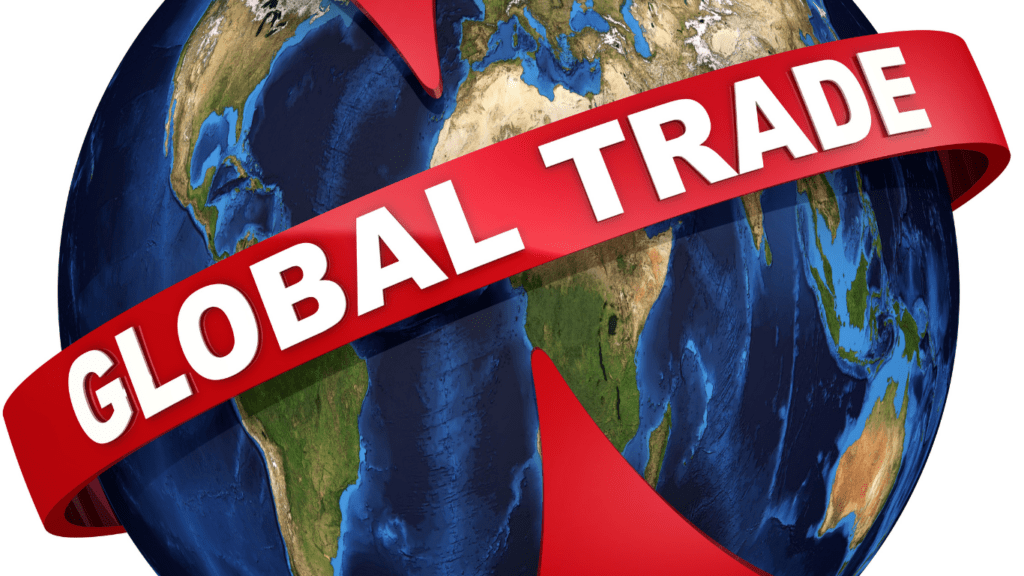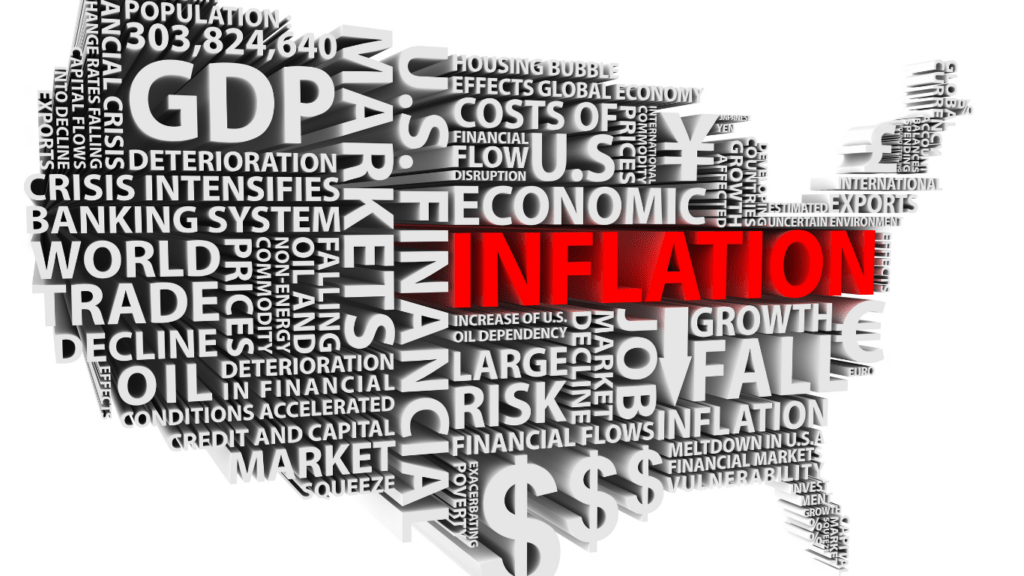Overview Of Global Trade Today
Global trade drives economic development by linking markets and enabling resource sharing across nations. Annual trade volume exceeded $32 trillion in 2022, based on UNCTAD data, showcasing its immense scale. Goods such as electronics and commodities dominate trade flows, while services like IT and finance continue to expand.
Developing nations play a bigger role in trade, contributing over 45% of global exports. Regions such as Asia-Pacific remain pivotal, with China, Japan, and South Korea leading in manufacturing exports. Meanwhile, trade agreements like the USMCA and RCEP bring regulatory stability, fostering seamless exchange.
Current challenges include rising protectionism, supply chain disruptions, and energy volatility. Digital platforms boost e-commerce trade but require regulatory frameworks to ensure fair practices. Sustainability efforts also influence trade, with ESG compliance becoming a key focus for exporters.
Global trade aligns economies, enhancing innovation and investment flows. Monitoring shifts in policy and technology is vital to adapting to its evolving dynamics.
Emerging Markets And Their Impact
Emerging markets are driving substantial changes in global trade dynamics. Their rapid growth and strategic regional influence are reshaping partnerships and economic priorities.
The Rise Of Asia In Global Trade
Asia’s role in global trade has grown significantly, with the region accounting for over 60% of global manufacturing output. Countries like China, India, and Vietnam have become pivotal exporters of electronics, textiles, and machinery. China’s Belt and Road Initiative (BRI) underscores its influence through infrastructure investments spanning over 100 countries. India’s digital services exports, valued at $254 billion in 2022, highlight the rise of IT-driven trade. Regional trade agreements like the Regional Comprehensive Economic Partnership (RCEP) further enhance Asia’s integration into global supply chains.
Asian economies are also advancing in renewable energy production, with China leading solar panel exports and India focusing on green hydrogen. These developments align with sustainability objectives while bolstering their global trade influence. These combined efforts position Asia as a leader in diverse trade sectors.
Africa’s Growing Role In Global Partnerships
Africa’s growing trade influence stems from its rich resources and expanding markets. The continent contributes 20% of the world’s gold and 70% of its cobalt, vital for electronics and renewable energy. The African Continental Free Trade Area (AfCFTA), involving 54 nations, creates the largest free trade area globally by number of countries, projected to boost intra-African trade by 52% by 2025.
Global partnerships are deepening as nations seek Africa’s natural resources and growing consumer base. China-Africa trade exceeded $250 billion in 2022, with investments spanning infrastructure and manufacturing. Similarly, the European Union remains a key partner, focusing on renewable energy projects and digital transformation in Africa. This increased collaboration boosts regional development and positions Africa as a vital player in future trade frameworks.
Key Partnerships Driving Change

Global trade thrives through partnerships that redefine economic collaboration and create opportunities for innovation. Strategic alliances among nations and regions shape the future of commerce by:
- enhancing market access
- boosting investment
- addressing global challenges
US-China Trade Relations
- The US and China remain pivotal players in global trade, with a bilateral trading relationship surpassing $690 billion in 2022.
- Though marked by ongoing tensions, the economic collaboration between these superpowers significantly impacts global supply chains.
- The “Phase One” trade deal emphasized commitments in agriculture and intellectual property, but underlying disputes over tariffs and technology persist.
- Digital trade and advanced manufacturing are emerging areas where collaboration could unfold, despite challenges tied to geopolitical competition.
European Union And Its Global Agreements
The EU actively negotiates agreements to expand its trade network, with over 40 deals in force covering approximately 70 countries. The EU-Canada Comprehensive Economic and Trade Agreement (CETA) and the EU-Japan Economic Partnership Agreement foster stronger ties in sectors like technology and renewable energy. Additionally, the EU is focusing on sustainability through its Carbon Border Adjustment Mechanism, which aligns with its Green Deal objectives. Partnerships with Africa and ASEAN are gaining momentum, targeting resource access and digital economy advancements.
India’s Expanding Trade Alliances
India is diversifying its trade strategy with agreements to enhance both goods and services exports. In 2023, the India-UAE Comprehensive Economic Partnership Agreement (CEPA) bolstered trade in energy and jewelry, while discussions with Australia and the UK focus on technology and mobility. India’s active participation in the Quad alliance, alongside the US, Japan, and Australia, showcases its role in stabilizing Indo-Pacific trade routes. Moreover, India’s engagement with Regional Comprehensive Economic Partnership (RCEP) nations creates opportunities in textiles, pharmaceuticals, and IT services.
Technological Innovations Reshaping Trade
Technological advancements are redefining global trade by enhancing efficiency and transparency. Digital tools and decentralized systems are improving how businesses and nations collaborate.
Digital Trade Agreements
Digital trade agreements are facilitating seamless international commerce by standardizing rules for cross-border digital transactions. Nations are implementing frameworks covering e-commerce, data protection, and cybersecurity, helping businesses operate more effectively. For example, the Digital Economy Partnership Agreement (DEPA) between Singapore, New Zealand, and Chile strengthens cooperation on digital standards, e-invoicing, and artificial intelligence governance.
I see increased emphasis on data flow fairness and intellectual property protection as key pillars of these agreements. Provisions in digital trade agreements also address emerging technologies like cloud computing and fintech, unlocking access to global markets for small and medium-sized enterprises (SMEs). These agreements simplify regulatory environments and promote inclusive trade practices, especially enabling SMEs’ digital transition.
Role Of Blockchain In Trade Partnerships
Blockchain technology enhances trust and efficiency in trade partnerships by providing reliable, tamper-proof transaction records. Its decentralized structure eliminates intermediaries, reducing costs and enhancing transparency. In trade finance, blockchain-enabled platforms like the Marco Polo Network allow real-time verification of contracts, accelerating transaction completion timeframes.
Global trade partnerships leverage blockchain to digitize supply chains. For example, IBM and Maersk’s TradeLens uses blockchain to track shipments, ensuring end-to-end transparency. Smart contracts streamline customs clearance processes, facilitating trade operations across countries. Industries using high-value commodities like oil and precious metals benefit from blockchain’s secure record-keeping, reducing risks of fraud or disputes.
The adoption of blockchain continues to grow, propelled by its ability to address trade complexities and build trust among global partners.





